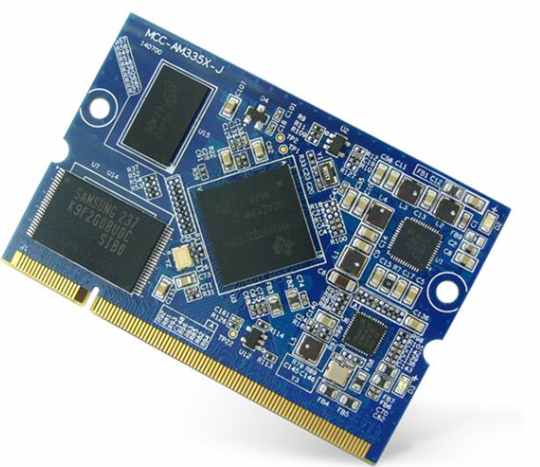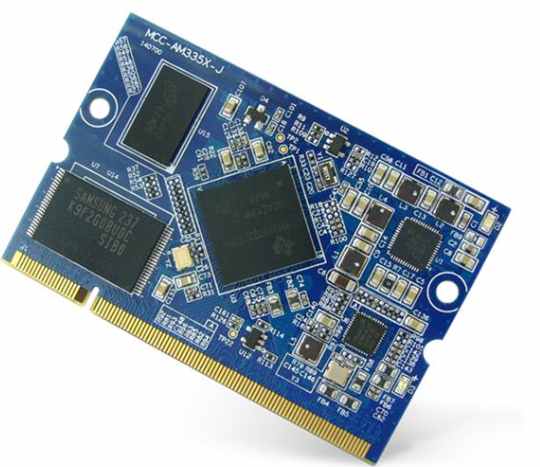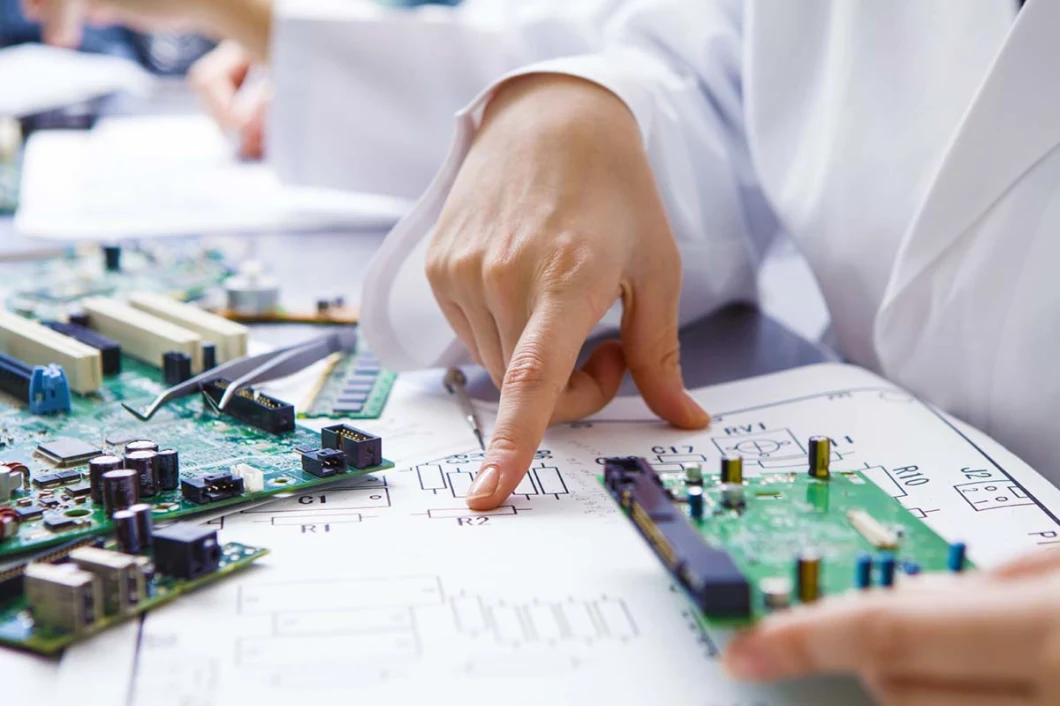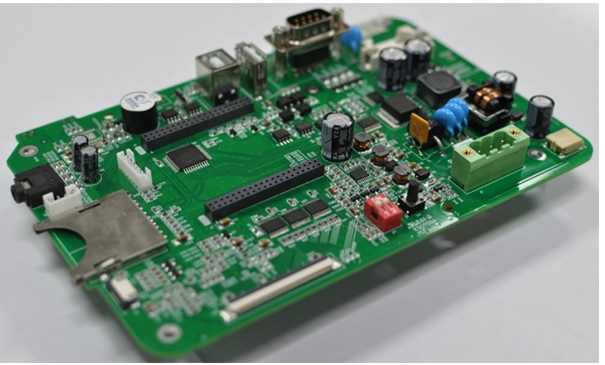
PCB design is a very detailed work, so the design should be very careful and patient, fully considering various factors, including production PCB assembly processing, post-maintenance convenience and other issues. In addition, developing some good working habits in design will
make your design more reasonable, higher design efficiency, easier production and better performance. Good design is applied to everyday products, and consumers will be more reassured and trusted.
Preliminary preparation
In principle, first do the PCB package library, and then do the SCH logic package. PCB packaging library requirements are high, directly affect the plate installation; SCH logic packaging requirements are more relaxed, as long as attention is paid to the definition of pin attributes and the corresponding relationship with PCB packaging. PS: Note the hidden pins in the standard library. Then the schematic design, ready to start. The PCB is designed.
Rule setting
According to the specific circumstances of the PCB design reasonable rules, we say that the rule is the PADS constraint manager by restricting the manager in any part of the design process to restrict the line width and safety spacing. When tested for DRC, it is marked using DRC Markers. The general rules are set before the PCB layout, because sometimes the layout needs to complete some fanout work, so the rules should be set before fanout, when the design project is larger, you can complete the design more efficiently.
Note: The rules are set for better and faster design, in other words for the convenience of the designer.
Common Settings include: Default line width/Line distance
1. Common signals.
2. Select and set the pass hole.
3. Set the line width and color of important signals and power supplies.
4. Set the board layer.
5, PCB layout
The general layout is carried out according to the following principles:
(1) According to the reasonable partition of electrical performance, it is generally divided into: digital circuit area (fear of interference, fear of interference), analog circuit area (fear of interference), power drive area (interference source);
(2) The circuit that completes the same function should be placed as close as possible, and the components should be adjusted to ensure the simplest connection; Adjust the relative positions between the functional blocks to make the connection between the functional blocks the simplest;
(3) high-quality components should consider the installation position and strength; The heating element should be placed separately from the temperature sensitive element, and the heat convection measures should be considered if necessary;
(4) I/O drive device as close as possible to the edge of the printed plate, close to the lead-out connector;
(5) The clock generator (such as crystal oscillator or clock oscillator) should be as close as possible to the device using the clock;
(6) Add decoupling capacitors (generally using high-frequency monolithic capacitors) between the power input pins of each integrated circuit and the ground; When the board space is dense, tantalum capacitors can also be added around several integrated circuits.
(7) the relay coil should be added with discharge diode;
(8) The layout requires balanced, orderly density, and top-heavy or top-heavy.

It should be noted that when placing components, the actual size (area and height) of the components and the relative position between the components must be considered to ensure the electrical performance of the circuit board and the feasibility and convenience of production installation. At the same time, on the premise of ensuring that the above principles can be reflected, the placement of the equipment should be appropriately modified to make it neat and beautiful, the same equipment should be placed neatly, in the same direction, and can not be placed "scattered".
This step is related to the overall image of the board and the difficulty of the next step of wiring, so it needs to be strongly considered. When layout, preliminary wiring can be carried out on uncertain places, with full consideration.
Wiring is the most important design process of the entire PCB. This will directly affect the design. PCB board performance is good or bad PCB in the design process, there are generally three types of wiring:
The first is Butong, the most basic requirement in PCB design at this time. If the line is not open, there are flying lines everywhere, it will be a substandard board, it can be said that it has not started.
The second is to meet the electrical performance. This is the standard to measure whether the printed circuit board is qualified. This is done by carefully adjusting the wiring after wiring so that it achieves the best electrical performance.
And then there's beauty. If your wiring is connected, there is no place that affects the performance of the appliance, but at a glance it looks disorganized, colorful, and colorful, even if your appliance has good performance, it is garbage in the eyes of others. This brings great inconvenience to testing and maintenance. The wiring should be neat and uniform, not criss-cross. These must be achieved while ensuring the performance of electrical appliances and meeting other personal requirements, otherwise it is trivial.
Wiring is mainly carried out according to the following principles:
(1) In general, the power cord and ground wire should be first wired to ensure the electrical performance of the circuit board. To the extent possible, widen the width of the power supply and ground cable, preferably as wide as the power cable. The relationship between them is: ground line > Power Cord > Signal line, usually the width of the signal line is: 0.2 ~ 0.3mm (about 8-12mil), the minimum width can reach 0.05 ~ 0.07mm (2-3mil), the power line is generally 1.2 ~ 2.5mm (50-100mil). Digital circuit PCB wide ground can form a circuit, that is, to form a ground network use (analog circuit ground can not be used in this way).
(2) Advance wiring requirements of strict lines (such as high-frequency lines), the edge of the input end and the output end should avoid parallel adjacent to avoid reflection interference. If necessary, the ground line isolation should be increased, and the wiring of the adjacent layer should be vertical, which is easy to produce parasitic coupling in parallel.
(3) When the oscillator housing is grounded, the clock line should be as short as possible and cannot be attracted everywhere. Under the clock oscillator circuit, the area of the special high-speed logic circuit should be increased, rather than other signal lines, so that the surrounding electric field is close to zero;
(4) as far as possible to use 45 ° as far as possible can not use 90 fold line to reduce the radiation of high-frequency signals, fold line; (The high line is also required to use a double arc)
(5) Any signal line should not form a loop, if inevitable, the loop should be as small as possible; Signal line holes should be as small as possible;
(6) The key line should be as short and thick as possible, and protected areas should be added on both sides.
(7) When transmitting sensitive signals and noise field signals through flat cables, the way of "ground - signal - ground" should be used.
(8) Key signals should be reserved for test points to facilitate production and maintenance testing.
(9) schematic wiring should be optimized after completion; At the same time, after the preliminary network inspection and preliminary network inspection, at the same time, the DRC inspection is correct, fill the ground wire of the unconnected area, use a large area of copper layer as the ground wire, and connect the unused place to the printed plate as the ground wire. Or make a multi-layer board, the power supply, the ground line each occupies a layer.
The general signal wire width is 0.3mm(12mil), and the power cord width is 0.77mm(30mil) or 1.27mm(50mil); The distance between the wire and the wire and the pad is greater than or equal to 0.33mm(13mil), and in practical applications, the distance should be considered to increase when conditions permit;
When the wiring density is high, it can be considered (but not recommended) that there are two lines between the IC pins, the line width is 0.254mm(10mil), and the line spacing is not less than 0.254mm(10mil). In special cases, when the pin of the device is dense and the width is narrow, the line width and line spacing can be appropriately reduced.
PAD (PAD)The basic requirements for PAD and transition hole (VIA) are: disk diameter greater than hole diameter 0.6mm; For example, universal pin resistors, capacitors, integrated circuits, etc., use disk/hole sizes of 1.6mm/0.8mm (63mil/32mil), sockets, pins, diodes 1N4007, etc., using 1.8mm/1.0mm (71mil/39mil). In practical applications, it should be determined according to the size of the actual components, and the size of the pad can be appropriately increased if conditions exist;
The component mounting aperture designed on the PCB board should be larger than the actual size of the component pin.2 ~ 0.4mm (8-16mil).







